In the middle of this horrible week for the stock market, collectors came out and put up a lot of money at the Artists for Haiti auction Thursday night. The total, $13.7 million, exceeded the presale estimate of $7.5 million to $10.5 million, and four world record prices were set! All 27 works, donated by the artists with some specifically for the auction, sold.
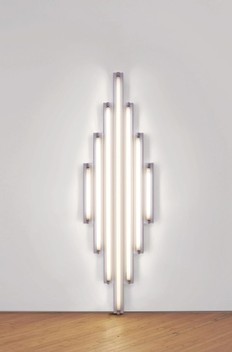 Christie’s, which conducted the auction but took no fees, sais that Artists for Haiti became the most successful charity auction it has ever held (but not the overalll record for a charity auction, which is held by Sotheby’s: it raised $42.6 million in 2008 for a Bono-staged event).
Christie’s, which conducted the auction but took no fees, sais that Artists for Haiti became the most successful charity auction it has ever held (but not the overalll record for a charity auction, which is held by Sotheby’s: it raised $42.6 million in 2008 for a Bono-staged event).
All $13.7 million will go to selected charities in Haiti.
Two works were sold for seven figures: a Marlene Dumas painting fetched $2,000,000 and a Luc Tuymans brought $1,150,000. Records were set for Adel Abdessemed ($350,000), Glenn Ligon ($450,000), Nate Lowman ($140,000), and Raymond Pettibon ($820,000), who had donated a pair of surfer drawings.
The Dan Flavin, donated by his estate, fetched $950,000.
You can see more works from the sale on the website of David Zwirner Gallery; Zwirner organized the auction with Ben Stiller.
Photo Credit: Courtesy of David Zwirner Gallery

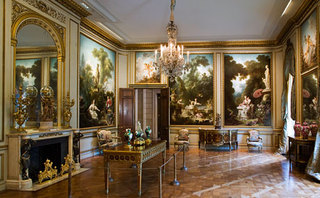
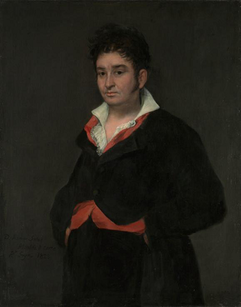
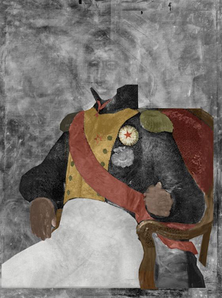
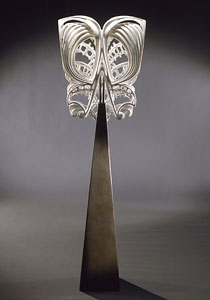 Maybe the MacArthur judges were chastened by last year, when there was one:
Maybe the MacArthur judges were chastened by last year, when there was one: